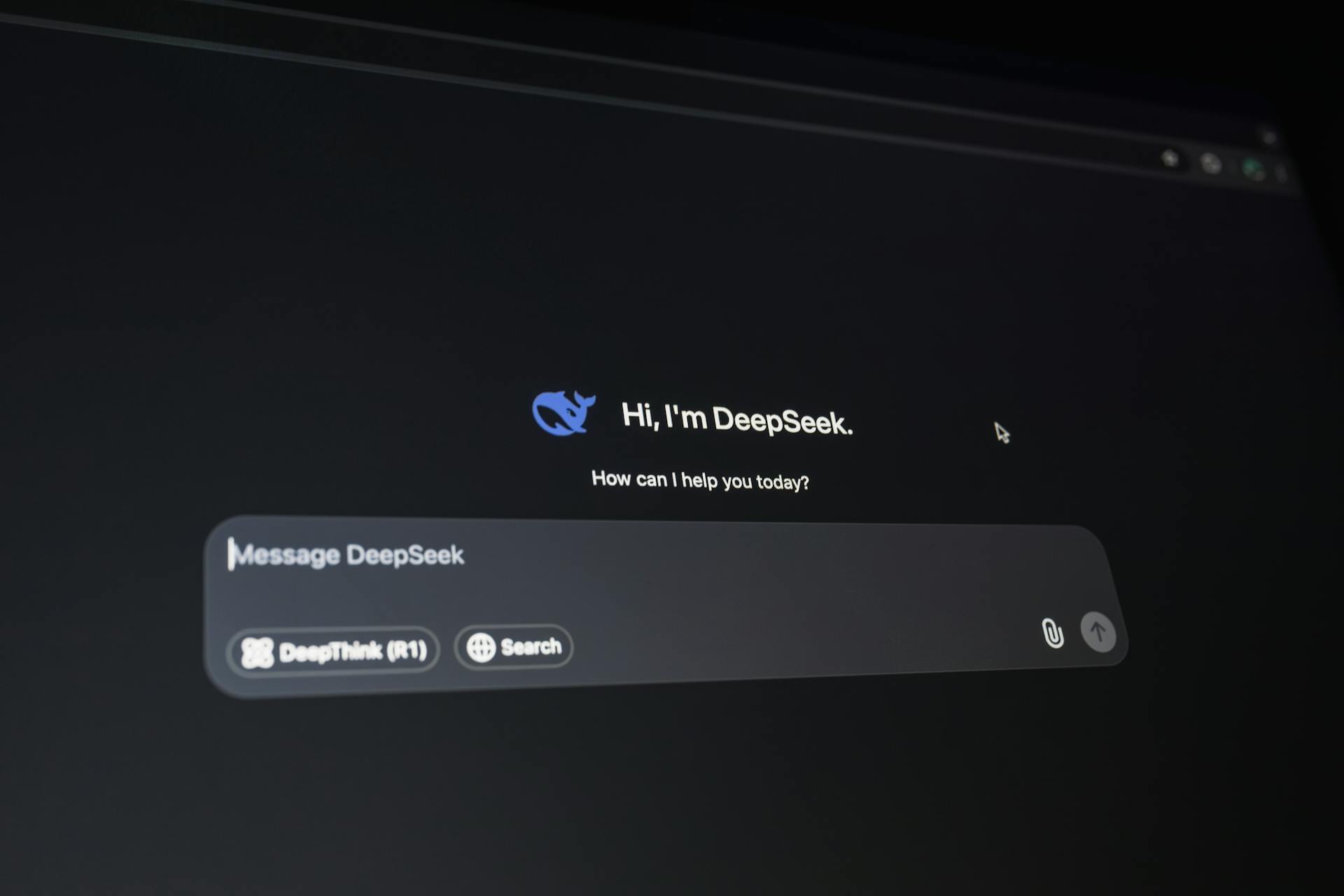The emergence of DeepSeek as a significant player in artificial intelligence development offers a multifaceted case study in technological innovation, national policy alignment, and global market dynamics. DeepSeek, a Hangzhou-based AI startup, has become a defining narrative in China’s quest for technological self-reliance and global competitiveness. Founded in 2023 by hedge fund entrepreneur Liang Wenfeng, DeepSeek stunned the tech world in early 2025 with its open-source large language model (LLM), DeepSeek-R1, which rivals OpenAI’s GPT-4 in performance but was developed at a fraction of the cost. This achievement has not only reshaped perceptions of China’s innovation ecosystem but also underscored the country’s strategic pivot toward nurturing homegrown talent and circumventing Western sanctions.
In this article, we present an in-depth exploration of the factors behind DeepSeek’s meteoric rise.
Foundational context: Policy frameworks and Global comparisons
China’s AI strategy, formalized in the 2017 Next Generation Artificial Intelligence Development Plan, set targets for domestic innovation, talent cultivation, and industry application. By 2025, cumulative investment in AI research and infrastructure reached 1.57 trillion RMB (approximately €200 billion), with 86.4 billion RMB (€11 billion) allocated specifically to foundational research and large-scale computing infrastructure. This contrasts with the EU’s annual €10 billion investment through Horizon Europe and the US CHIPS and Science Act’s focus on semiconductor and AI R&D. These divergent approaches reflect differing priorities: China emphasizes rapid industrial deployment, while Western initiatives prioritize basic research and regulatory frameworks.
DeepSeek entered a competitive landscape dominated by established Chinese tech giants such as Tencent’s Hunyuan and Baidu’s ERNIE, alongside Western counterparts like OpenAI. As of 2025, China hosted 37% of the world’s 1,200 large language model (LLM) startups, compared to 45% in the US. DeepSeek differentiated itself through an open-source strategy and cost efficiency, achieving performance benchmarks comparable to GPT-4 at 223 million RMB (€28 million) training cost, 18% of the estimated 1.24 billion RMB (€160 million) required for similar Western models.
Leadership and organizational strategy
Liang Wenfeng, DeepSeek’s founder, transitioned from managing High-Flyer Capital—a hedge fund leveraging machine learning for quantitative trading—to AI entrepreneurship. High-Flyer’s success, managing 100.8 billion RMB (€13 billion) in assets by 2022, informed DeepSeek’s data-driven culture. Engineering decisions at DeepSeek reportedly rely on A/B testing and real-time metrics for 85% of operational choices, reflecting Liang’s quantitative finance background.
The company’s workforce composition mirrors broader trends in China’s tech sector, where youth dominates employment demographics. At DeepSeek, 92% of employees are under 35, aligning with the median age of 29 observed at firms like ByteDance. However, DeepSeek’s academic focus distinguishes it from peers: 68% of technical staff hold postgraduate degrees from China’s elite C9 League universities, and partnerships with 14 institutions provide access to over 3,000 AI graduates annually. Approximately 15% of these graduates are recruited directly into DeepSeek’s talent pipeline, ensuring a steady influx of domestically trained researchers.
Technological development and efficiency metrics
DeepSeek-R1’s architecture combines sparse mixture-of-experts (MoE) with dynamic token allocation, reducing inference costs by 62% compared to dense models like GPT-3.5. According to the MLCommons AI Benchmark (2025), DeepSeek-R1 demonstrated training FLOPs of 2.3e23, slightly lower than GPT-4’s 2.5e23, while achieving better energy efficiency at 8.1 TFlops/W compared to 6.3 TFlops/W. Inference latency also improved, with DeepSeek-R1 processing tokens in 142 milliseconds versus GPT-4’s 189 milliseconds.
The model was trained on a corpus of 4.2 trillion tokens, comprising 52% Chinese text (including government reports, academic journals, and social media content), 33% English material (scientific papers and technical manuals), and 15% other languages such as Japanese, Arabic, and Spanish. Notably, 28% of the training data originated from open-source repositories like Common Crawl. This data strategy has sparked debates about compliance with international intellectual property norms, particularly regarding the use of publicly available code and research papers.
Government-industry collaboration mechanisms
DeepSeek benefits from China’s layered support system for strategic technologies. Direct grants include 120 million RMB (€15.4 million) from the National AI Research Fund in 2024, while tax incentives reduce the company’s effective corporate tax rate to 10%, significantly below the standard 25%. Additionally, DeepSeek received 31 million RMB (€4 million) in discounted compute time on state-backed supercomputers like Tianhe-3, enhancing its access to high-performance computing resources.
Academic collaborations have yielded tangible innovations. Partnerships with Peking University’s Institute for AI produced three patented technologies: adaptive gradient clipping, which improves training stability on heterogeneous hardware; cross-lingual knowledge transfer, enhancing performance in low-resource languages; and energy-aware model compression, reducing power consumption by 22%. These advancements highlight the synergy between DeepSeek’s applied research and academic theoretical work.
Market adoption and global response
Domestically, DeepSeek-R1 has seen broad adoption across industries. Foxconn reported 14% efficiency gains in production line optimization using the model, while 23 provincial hospitals in China integrated DeepSeek-powered diagnostic assistants, reducing imaging analysis errors by 18%. In agriculture, deployments in Shandong Province increased crop yields by 9% through AI-driven weather prediction models.
Internationally, DeepSeek signed a 338 million RMB (€43 million) contract with Saudi Arabia’s NEOM smart city project for AI-powered traffic management and partnered with Indonesia’s GoTo Group to deploy financial services for 12 million users. However, regulatory challenges persist: the French Data Protection Authority (CNIL) initiated compliance reviews in June 2025 over concerns about data residency and GDPR adherence.
Challenges and systemic risks
One of the major challenges for DeepSeek is market saturation. China’s LLM sector now includes 148 active competitors, with startups averaging a 15 million RMB (€1.9 million) monthly burn rate.
Strategic implications and future projections
DeepSeek’s 2026–2030 technical roadmap prioritizes three areas: multimodal integration combining text with 3D perception for robotics, edge AI deployments on Huawei’s Ascend IoT chips, and exploration of hybrid classical-quantum architectures with the University of Science and Technology of China’s Jiuzhang lab.
Globally, the company’s open-source strategy influences AI governance debates. DeepSeek contributes 14% of the code to the Linux Foundation’s AI & Data Foundation and participates in six of 17 ISO/IEC AI standardization working groups. However, critics note limited engagement with OECD AI Principle reviews, reflecting tensions between national priorities and international collaboration.
Analysts project two scenarios for DeepSeek’s financial future: a baseline model predicting 22% annual revenue growth through 2030 (reaching 8.64 billion RMB (€1.1 billion) via enterprise APIs and cloud services), and a downside scenario where subsidy reductions could increase R&D costs by 37%, necessitating aggressive foreign market expansion.
Conclusion: Balancing innovation and sustainability
DeepSeek’s rise illustrates China’s ability to align academic, industrial, and policy resources toward strategic technological objectives. While its cost-efficient models challenge Western market dominance, persistent hardware dependencies and ethical concerns underscore the complexity of AI development in a fragmented global economy.
The company’s trajectory highlights critical dynamics: geopolitical resilience through algorithmic innovation, profitability challenges in open-source ecosystems, and competing imperatives between national sovereignty and global interoperability. As DeepSeek navigates these challenges, its long-term impact will depend on balancing innovation with responsible governance—a universal challenge in the AI sector.
Explore more articles and resources in our China Insights.

